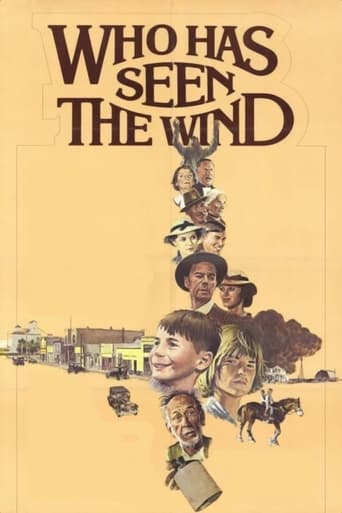Who Has Seen the Wind 1977
The coming-of-age of adolescent Brian O'Connal in small town Depression-era Saskatchewan is told. The son of the local pharmacist Gerald O'Connal, Brian is in many ways a typical boy, who dislikes school if only because of his run-ins with the nervous schoolteacher, Miss MacDonald, and who tries to catch gophers with his friends, Artie and Forbsie. His best friend and protector is slightly older Jonathan Ben, better known as The Young Ben (as his father is referred to as The Ben), who is highly regarded as a problem by those in town who see themselves as the moral authority if only because of The Young Ben's association to The Ben, the town still keeper and drunk. Brian's life takes a turn when his parents have to leave town temporarily, while Brian stays on his Uncle Sean's farm. That stint leads to a series of events which make Brian see life around him through slightly older and wiser eyes.







